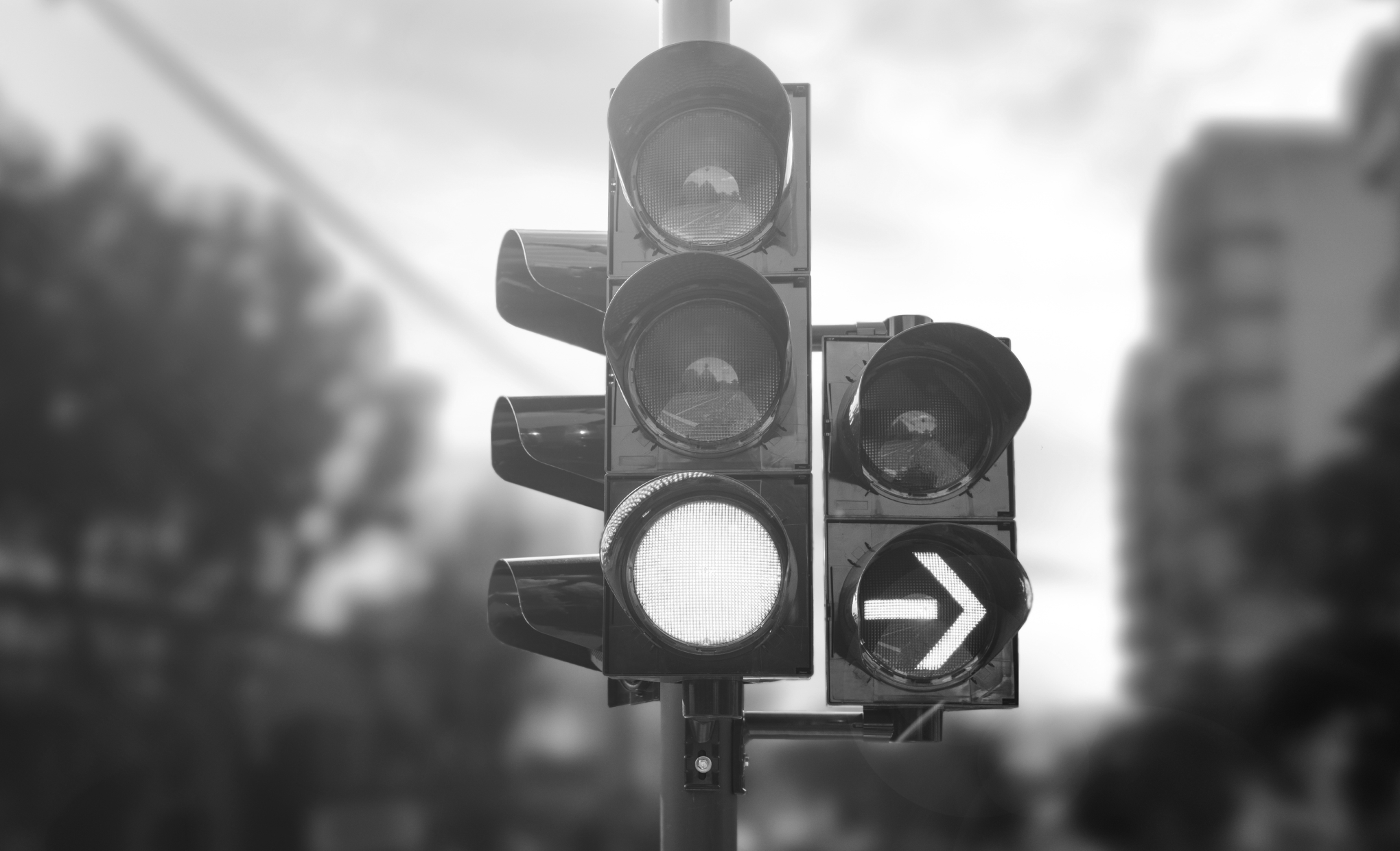Before the invention of traffic lights, police officers stood at intersections and tried to signal drivers, but few motorists paid attention. Sadly, over 4,000 people died in car crashes in the US in 1913, the year that the Model T debuted. James Hoge, a Cleveland engineer, created a solution. He borrowed the red and green signals used by railroads and tapped into the electricity that ran through the trolley lines to create the first “municipal traffic control system.” It debuted on Euclid Avenue at 105th Street in Cleveland in 1914; a policeman sitting in a booth on the sidewalk controlled the signals with a switch. Hoge was able to patent his invention, and other innovators soon began improving upon it. For example, in 1923, an African American inventor named Garrett Morgan earned a patent for his electric traffic signal, which he developed after witnessing a horrific accident. Another notable contribution was the addition of the yellow light, which was developed by William Potts, a Detroit police officer who had studied electrical engineering. By 1930, all major American cities and many small towns had at least one electric traffic signal, and motor vehicle fatalities were reduced by more than 50% between 1914 and 1930. A Cleveland teacher invented the Red Light, Green Light game in 1919 to teach children how to recognize traffic signals and the now-familiar signals were quickly integrated into many other parts of life. In the 1950s, computerized detection was incorporated into traffic lights; a pressure plate placed at intersections would let computers know when a car was waiting at a red light. By the 1960s, improvements in technology allowed computers to monitor traffic and change lights even more efficiently. Today, traffic lights remain an integral part of road safety all around the world.

Your go-to guide for weird history facts
Subscribe to the FREE daily email that makes learning about history fun.


